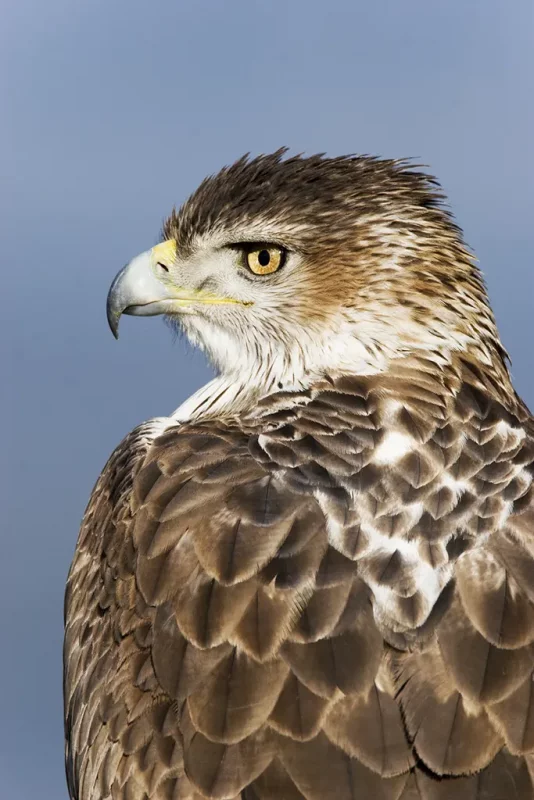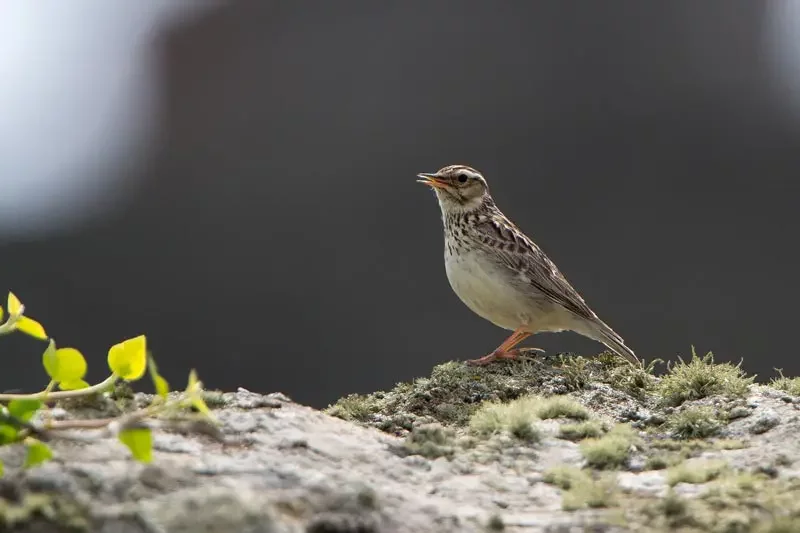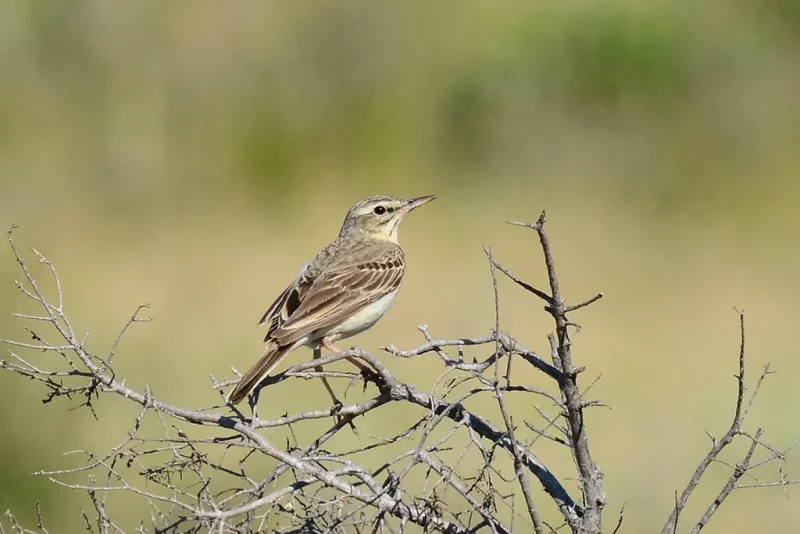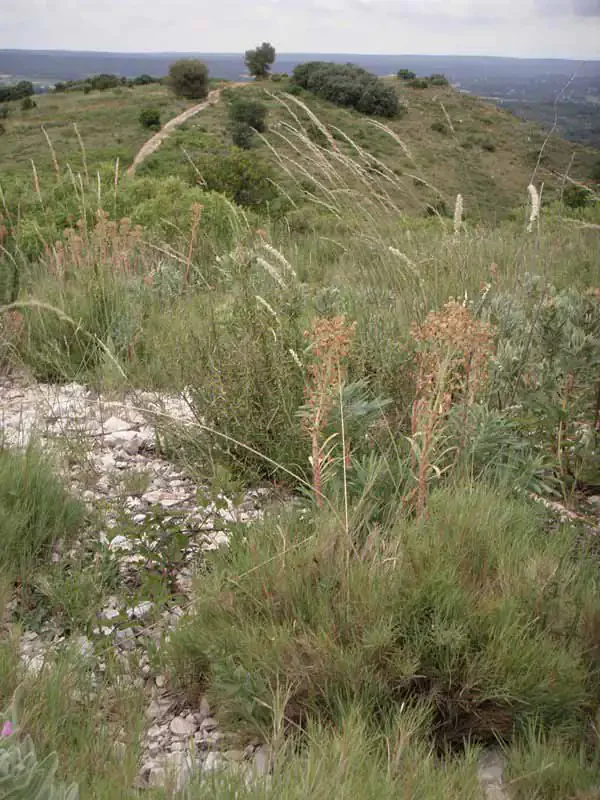The Euzière Ecologists and Occitanian Natural Spaces Conservatory shall both carry out floristic monitoring and ground surveys in the areas in which work on environment opening has been accomplished and/or which has been the subject of an eco-grazing activity. This shall allow to measure the changes brought to the habitats, including the substeppic grasslands (or “Mediterranean false brome grass”), following the different interventions.
Woodlark and tawny pipit
- The COGard is in charge of monitoring both species targeted by passerines: the woodlark and the tawny pipit. The “BACI” (Before And After Impact) shall be applied. It consists in reaching a pre-work initial state before monitoring each managerial impact.
- The Euzière Ecologists shall monitor entomologically the areas in which work on environment opening has been carried out and/or which has been the subject of an eco-grazing activity. The Orthopterans shall be the studied insect group (crickets, grasshoppers), as, on one side, they are representative of the habitats’ change of structure and, on the other side, they form an important part of the targeted birds’ diet, especially during their breeding season.
As orthopterans are easily identifiable by their aspect and songs, their sheer abundance shall provide swiftly enough a fair amount of data that may be processed statistically.
Bonelli’s eagle
- During the five years of this project, the possible nesting areas of the Bonelli’s eagle shall be controlled by the SMGG in the Lussan garrigues in order to monitor the reoccupation of the site by this species.
- Meanwhile, in order to stay informed on the evolution of the populations of species prey for the Bonelli’s eagle, coupled up with the layout of warrens and dovecotes, the warren rabbit and pigeon populations shall be monitored on a yearly basis.



